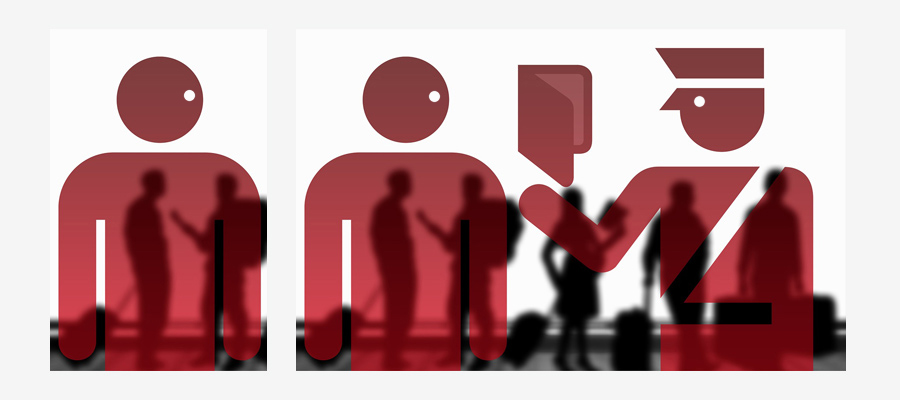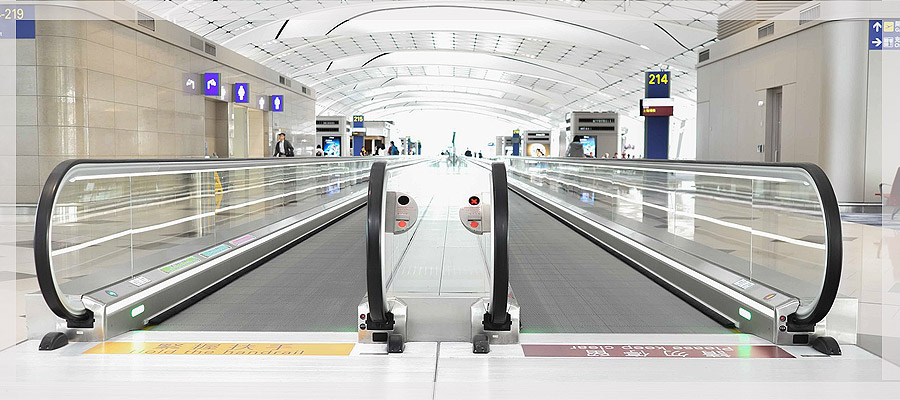1. What to expect at UK Airport Security
Airport security checks are essential in making-sure passengers do not take dangerous or prohibited items on board the aircraft. You enter the security check area after you have checked in for your flight, have been issued with a valid boarding card and you have dropped off your hold baggage at the airports bag drop desk.
Every passenger has to clear airport security before entering the secure or sterile areas of the airport. These areas include the departure hall, airport lounge and boarding gate. For most European airports, the entrance to the security check area is near the flight check-in and bag drop desks in the main terminal building.
At the security checkpoint, you will be asked to prepare and pass your hand luggage through an x-ray machine (to check for dangerous goods). You will be asked to walk through a security gate or archway, and you may be 'screened' using security (body) scanning equipment; you may also be 'frisked' - these checks are to protect everyone.
Top Tips: Below are a few tips to help you pass through the security check as quickly as possible:
- Have your boarding pass ready for inspection. When using a digital copy of your boarding pass, check you have offline access to it.
- Your baggabe and personal belongings are placed on the conveyor belt for screening - before proceeding through the passenger security detection gate or archway.


